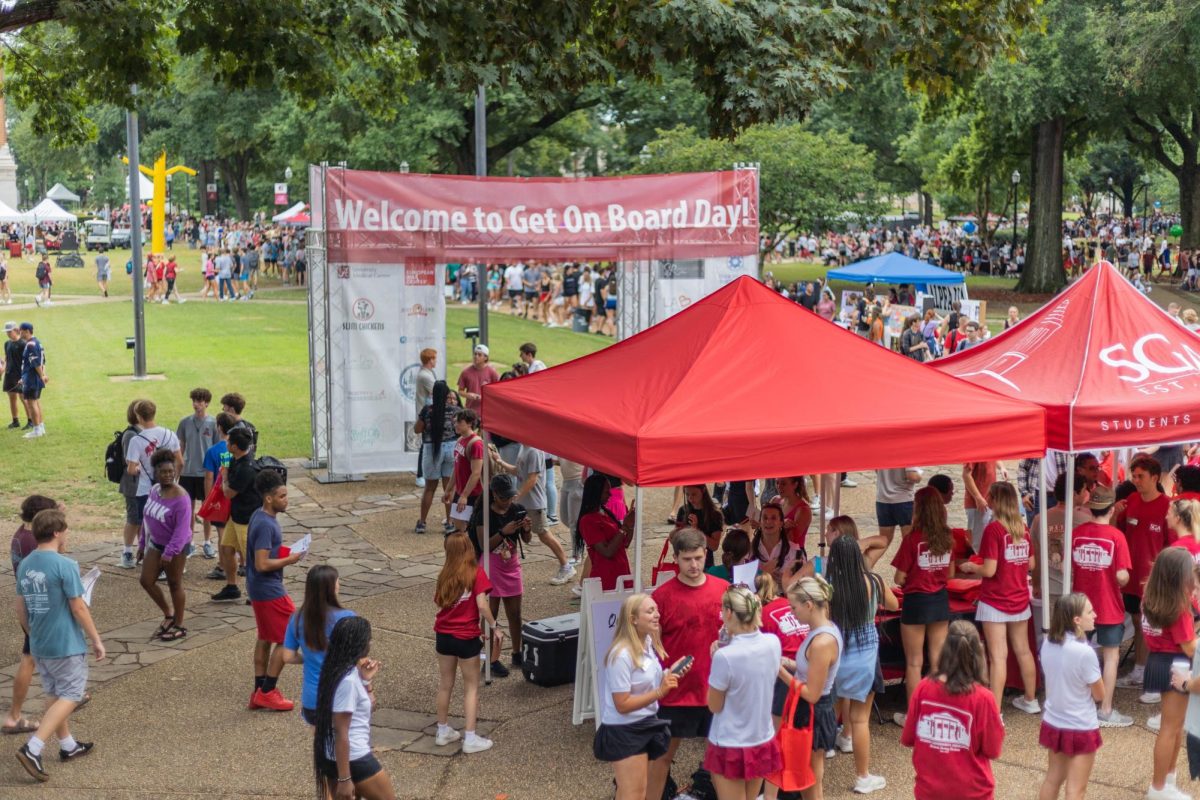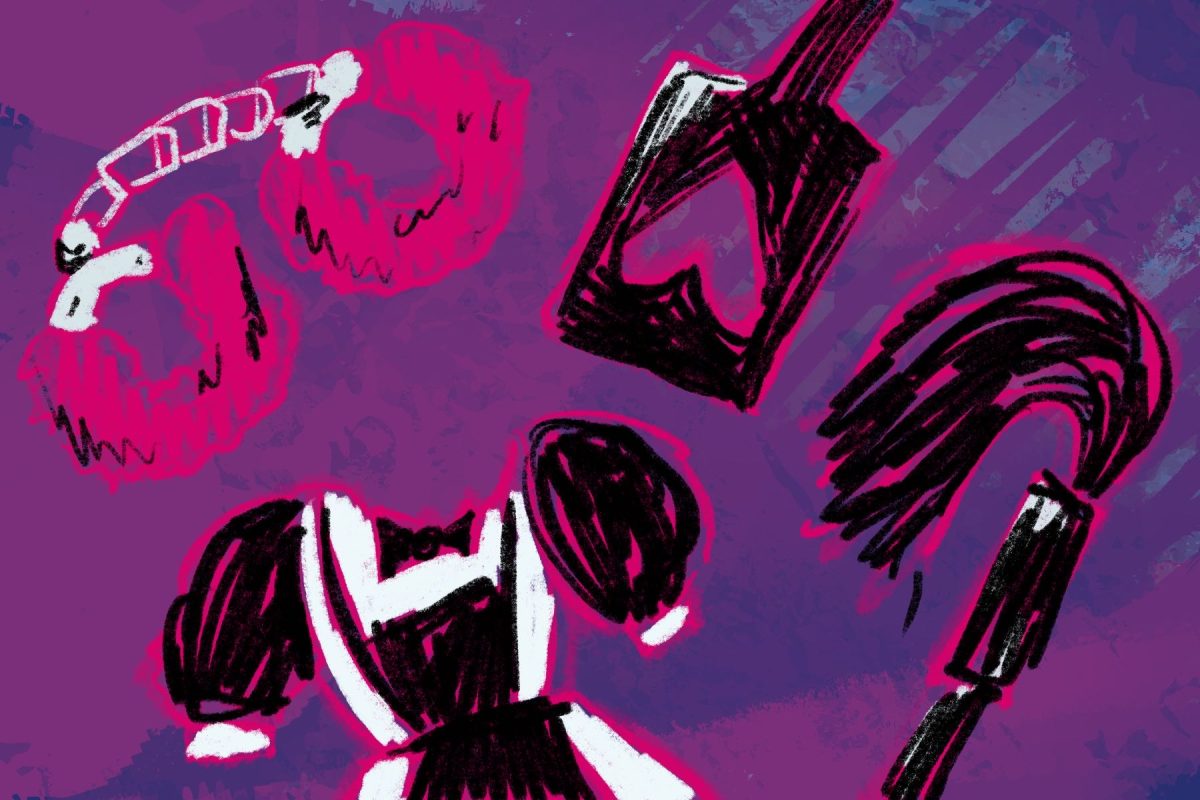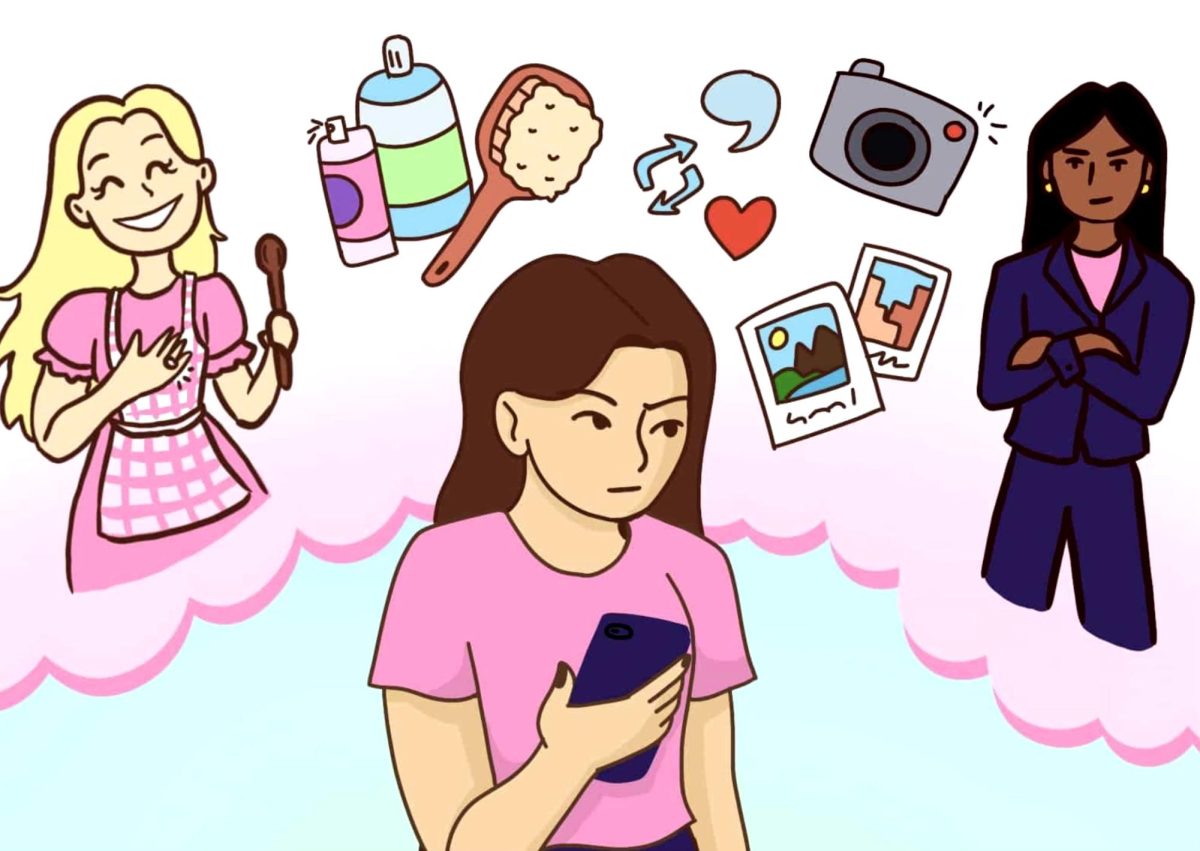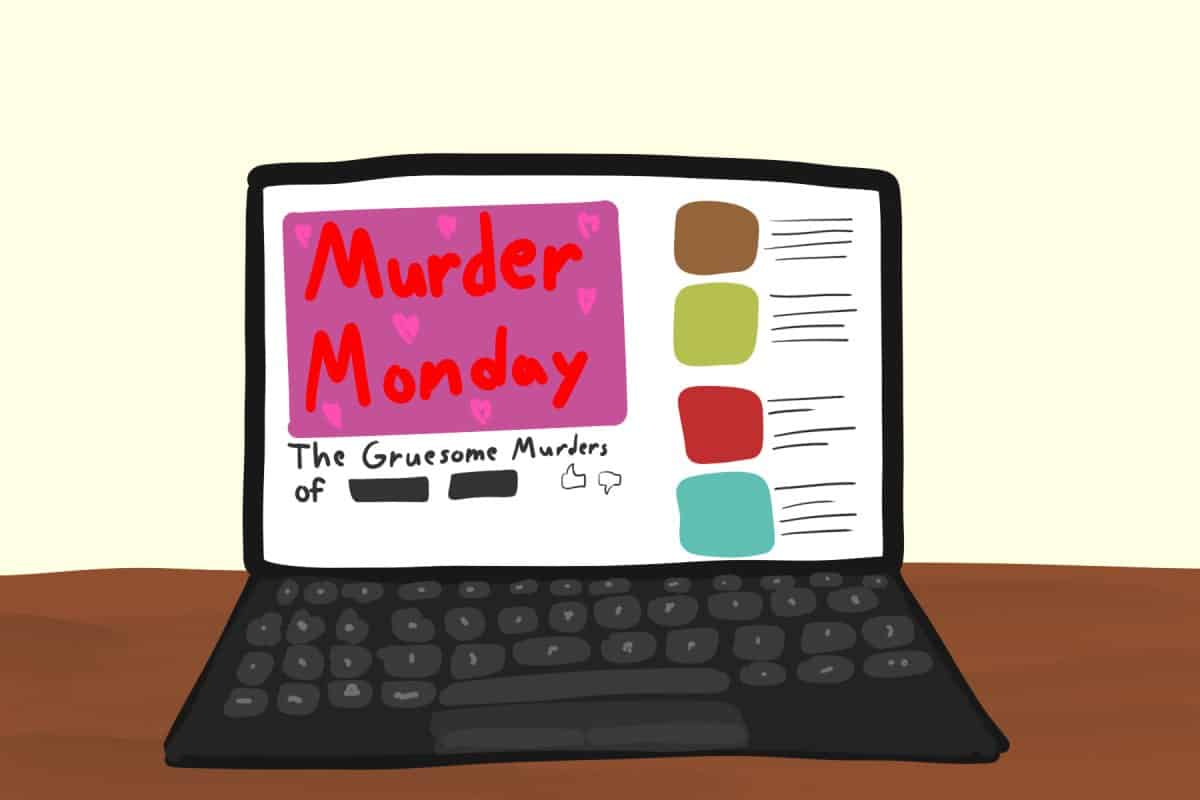By Daniel Moore
I hold a 1976 Bachelor of Fine Arts degree from the University of Alabama. As an art student there, I was taught that artists have the same First Amendment rights as anyone else—freedom to express themselves as they choose and freedom to convey whatever messages they choose through their artwork. In 2003, the head of the Department of Journalism, Ed Mullins, and journalism professor James Stovall both agreed with this position. I do hope this is still taught at my alma mater—if not in practice, at least in theory. The lawsuit the University of Alabama filed against me for my artistic creations, expressions and documentaries of historic events clearly sends mixed messages.
The University’s lawsuit is now in its sixth year of litigation. In December 2009, U.S. District Judge Robert Propst ruled that my paintings and prints did not infringe on the University’s trademark rights. Even so, the University still disagrees with the judge’s decision and has appealed it to the 11th Circuit Court of Appeals in Atlanta.
Recently, 27 other schools have petitioned the court to jointly file a single amicus brief in support of the University’s position, asserting that Propst erred by noting that the University’s crimson and white colors make for a weak trademark.
Recent news reports pointed out that Mississippi State is not among the “amici” schools siding with the University. This is because Collegiate Licensing Company, the University of Alabama’s licensing agent, is most likely behind rounding up these 27 universities and Mississippi State is one of the 160 schools represented by CLC. Each one of the newly-joined 27 schools is a CLC client.
CBS42 News in Birmingham recently reported that “UA issued a statement saying they were pleased 27 highly regarded and nationally known institutions would join to support them in protecting the value and integrity of their trademarks.” There are 133 other schools that CLC also represents, and numerous other schools across the nation not represented by CLC, who did not side with the University.
For 26 years prior to filing the lawsuit, the University showed no alarming concern with my “unlicensed” artwork. Moreover, throughout that time the University sold my unlicensed prints to the benefit of its own prestige and profit. Worse still, they continued selling unlicensed artwork after filing the lawsuit. Even though the University is “pleased” about its newly-joined allies, one wonders how it is that only 17 percent of CLC’s client base supports them in its appeal. It would stand to reason that the vast majority of CLC’s schools just don’t see enough merit in the University of Alabama’s lawsuit to justify having their names attached to something that amounts to an attack upon every citizen’s First Amendment right to free speech and expression.
It can’t be that the attorneys focused only on recruiting those schools in the 11th Circuit because most of the 27 fall outside of the 11th Circuit’s territory. I think anyone can easily figure out that CLC stands to make money from each of their 160 schools through the licensing and control of artwork and has much more to gain from licensing artwork in the long run than does the University.
The amicus brief proposed by the 27 schools mainly supports the University’s contention that its colors are strong enough indicators to function as a trademark. This argument misses the point entirely. The bottom line is, regardless of whether the University’s colors are weak or strong, they still cannot trump First Amendment rights. The Constitution is clear. Congressionally enacted trademark law cannot abridge the rights afforded by the Constitution.
The Supreme Court has already agreed that paintings and prints are afforded the same First Amendment protection as publishers of newspapers, magazines and books, citing, “The protection of the First Amendment is not limited to written or spoken words, but includes other mediums of expression, including music, pictures, films, photographs, paintings, drawings, engravings, prints and sculptures.”
I have no problem with the University of Alabama, Inc. making money. Most of it goes to good causes. I have happily generated and donated over $1 million in assets for my alma mater (and that does not include the tuition I’ve paid for my three daughters to attend the University). But for them to claim control of the image area of my artwork, as this lawsuit seeks to do, is stepping over the line.
An institution of higher education should be encouraging writers, artists and thinkers to pursue their gifts and passions — not suing them and encroaching upon their rights. When a university sues an artist, while asking the courts to trump the freedom of speech and expression with the university’s commercial trademark rights, that university has, regrettably, lost sight of its mission.
Daniel A. Moore is a University of Alabama alumus.








